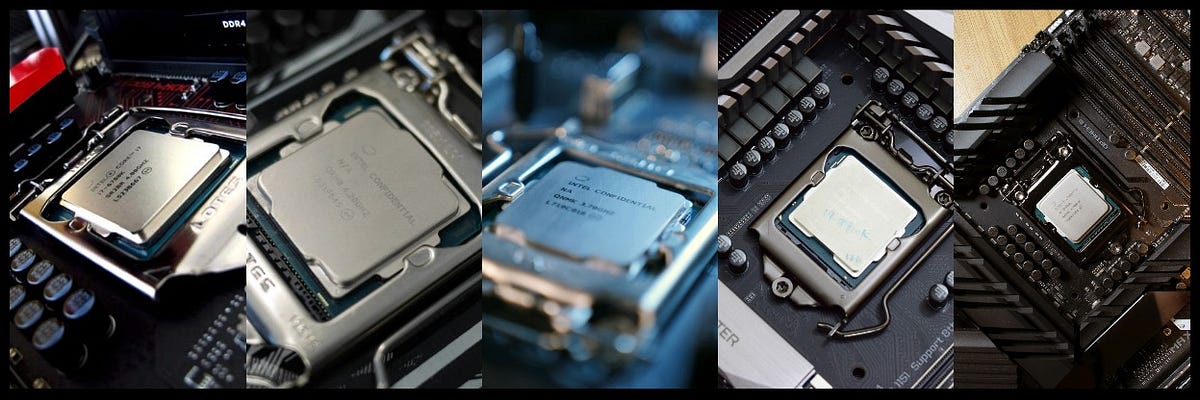CPU design is an extremely complex science and a complicated business. There are many ways you can lose out on something while being ahead of your competition at the same time, with the same product. That is where scientific ingenuity wins you the technical battle, and you win the “numbers game”, in a roundabout way if the circumstances are like so. But the battle of the “mind share” of the consumers cannot be won so convincingly with a technicality. You need the marketing strength behind your product for it to win over the doubtful buyer, and more importantly, the investor. So, what has Intel done (or has not) that makes it lose that fight against AMD, their only competition in the x86 CPU space? What problems has Intel faced in the recent years that make their CPU’s fall behind the competition, despite Intel being able to show, in some form or another, that buying them is still a better choice than AMD? They have kept their promise of being the superior choice for tasks such as gaming, that high-end CPU’s are very commonly used for, but for everything else, AMD has rocketed past them, and has recently come quite dangerously close to taking over in gaming as well. And it’s a popular opinion that they will go further than that as well, and will do so very soon. We need to start looking from the mid-2010’s, to understand Intel’s current position.
What is “shrinking” in computer processor terms?
The idea behind a “die shrink” or more precisely, reducing the gate width of the MOSFET (Metal Oxide Silicon Field Effect Transistor) to a smaller measurement (measured in nanometres in 2020) is a process that helps processors achieve greater efficiency in operations, as they can be more densely packed with more transistors in the same area, and also reduce power lost in transmission within a MOSFET, which increases the efficiency of the processor, as lesser energy is then lost to heat. In short, the smaller the die size is, the more likely it is for the processor to be fast and adept at tasks while staying efficient and cool. With each new shrink, a new “fabrication process” is adopted to adapt to the challenges of the new technology.
#computer-science #intel #software-engineering #computer-architecture #computers #data science
